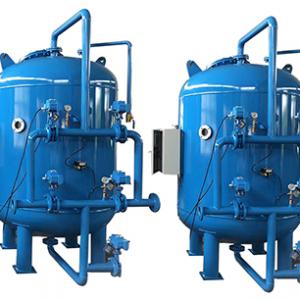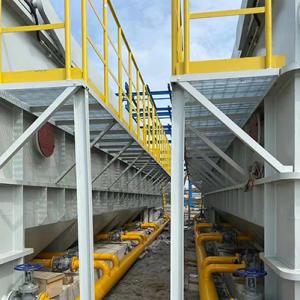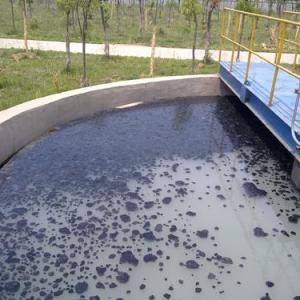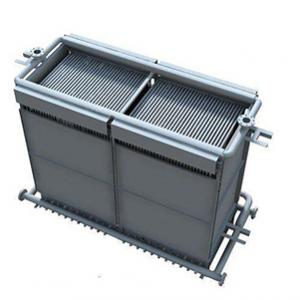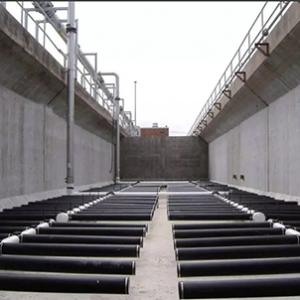Slaughter wastewater treatment plan
Slaughter wastewater treatment plan
The waste or by-products of the slaughterhouse should be properly handled or used to prevent environmental pollution and environmental pollution.The formation of valuable products may increase the income of slaughterhouses and livestock owners. Solid and liquid waste from wasteSlaughterhouses and animal processing plants with high nutritional value, so the biochemical oxygen demand (BOD) is very high, theseDirect access to major waterways and the environment has high pollution potential. There are different treatments andThe treatment of these wastes reduces the possibility of their pollution and can be transformed into useful products. Slaughterhouse by-productsAnimals composed of head, feet, internal organs, bones, hair, blood and feathers can produce meat meal, bone meal, car body meal,Tallow and fat-free bones. The effective use of animal by-products directly affects the country’s economy and environmental pollution.The unutilized or underutilized by-products not only lead to the loss of potential revenue, but also increase the disposal costThese products have major designs and serious health problems.Slaughterhouse waste refers to any waste material generated When producing and processing live animal meat,Can be solid, liquid and semi-solid materials. These wastes are for Proper disposal to prevent contamination Environment and serious consequences such as proliferationDiseases, unpleasant smells and unsightly scenery. The main part of the waste By-products from the slaughterhouse Processed by the animal by-product industry for productionMany valuable products, such as leather, casing, gut, bone meal, Meat powder, gelatin, foot oil, decorations, etc.
|
Common characteristics of slaughterhouse wastewater |
||
|
Parameter |
Range |
Average |
|
BOD(mg/L) |
1209 |
610- 4635 |
|
Ca(mg/L) |
32-316 |
67 |
|
cOD |
(mg/L)1250-15,900 |
4221 |
|
K(mg/L) |
0.01-100 |
90 |
|
Na (mgL) |
62-833 |
621 |
|
Pb(mg/L) |
0.21-34 |
4 |
|
TN(mg/L) |
50 - 841 |
427 |
|
TOC(mg/L) |
100 - 1200 |
546 |
|
TP(mg/L) |
25 - 200 |
50 |
|
TSS(mg/L) |
300- 2800 |
1164 |
|
pH |
4.90-8.10 |
6.95 |
Wastewater is produced. A typical broiler processing facility uses six to nine gallons of poultry products per day for each bird to drink healthy drinking water. The biggest consumers of water include internal organs, cooling and cleaning. The heart, liver, and stomach are removed and the internal organs are exposed for USDA examination. The whole process uses water to wash the birds and transport the viscera of inedible substances to the wastewater treatment plant. Cooling is usually done in a large-scale box that reduces the temperature of the bird to 36o F for microbial control. Water is used for shredding, packaging and further processing operations mainly for cleaning products, conveyor belts and equipment. The cleanup shift occurs after one or two processing shifts. This hygienic transfer includes the use of various cleaning agents and disinfectants for the disinfection of all processing equipment. Collect the water used in the process and transport it to the wastewater treatment facility. During the production process, the water is contaminated by feathers and internal organs, blood, internal organs, feces, etc. These components represent pollutants and are usually expressed in BOD (Biochemical Oxygen Demand), Chemical Oxygen Demand (COD), Total Suspended Solids (TSS), TKN (Kjeldahl Total Nitrogen), Ammonia, FOG (Fat, Grease and Grease) , Phosphorus and fecal coliforms.
TYPICALPOULTRY PLANT Unit Operation Performance
Parameter
Screened
Wastewater
(mg/l)
DAF
Effluent
(mg/l)
DAF with
Chemicals
(mg/I)
Anacrobic
Effluent
(mg/I)
Activated
Sludge
Effluent
(mg/I)
Filter
Effluent
(mg/1)
BOD
3000
1800
350
200
20
10
TSS
2000
900
250
200
30
10
TKN
150
130
100
100
10
5
NH3
50
40
30
90
0
1.0
FOJ
500
200
30
20
7
3
Pretreatment system
Anaerobic system
Aeration tank
Clarifier
Final filter
disinfect
Flow measurement/ventilation
